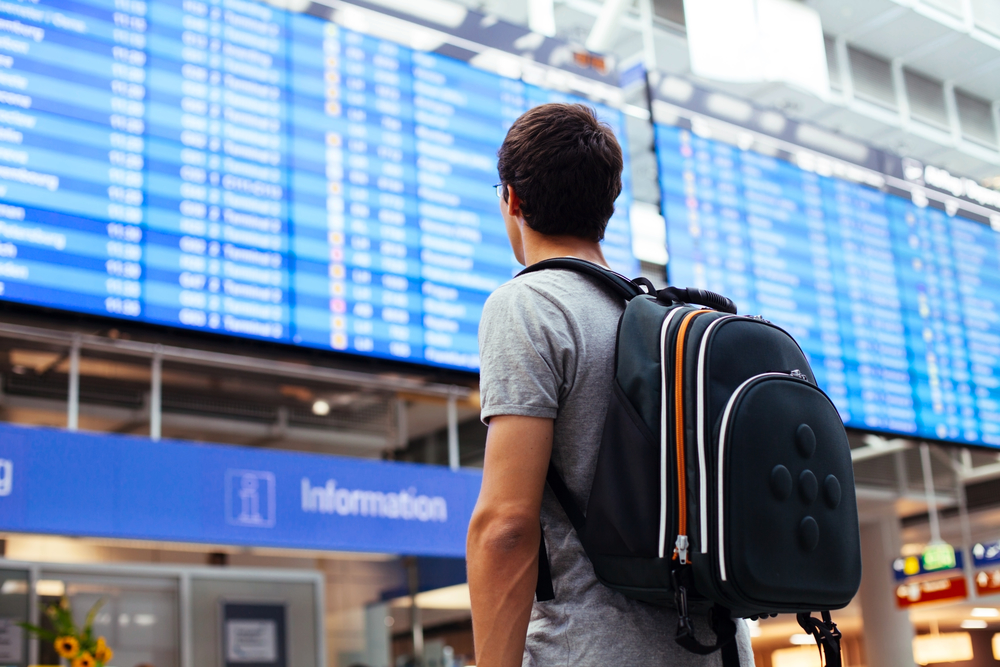Airline travel can be fun and exciting — but it can also be quite stressful, especially when flight delays and cancellations get thrown into the mix. When the airline changes your flight plans less than 14 days before your scheduled trip, passengers are typically entitled to compensation to make up for the inconvenient disruption to their travels.
While the airline will provide refunds when necessary, they won’t provide compensation unless you submit a claim. When excessive delays or a cancellation disrupt your travel plan, the ability to track all relevant information related to changes in your arrival time can play a big role in whether or not you qualify for compensation. This information is absolutely essential if you wish to have a successful outcome for your claim.
While tracking information related to your flight delays and cancellations may seem complicated, it actually isn’t as hard as you might think. With several potential resources available to help you track any changes to your flight, you’ll have all the information you need to submit your claim.
At Home
Your first resource for tracking delays and cancellations are the emails you receive from your airline carrier after booking a flight. After booking a flight, the airline will automatically send you a confirmation message that includes your booking number and other relevant flight information. This includes the flight numbers, as well as the scheduled arrival and departure times for the flight(s) in your itinerary.
Airlines are obligated to inform passengers of any planned changes that are made to these flights after booking. For example, regardless of whether the airline advances your takeoff time or pushes it back by 20 minutes, you should receive an email notification informing you of this update.
Planned scheduling changes are typically made well in advance of the flight to help prevent travel issues for passengers, but in some circumstances, an airline could delay or even cancel a flight with relatively short notice. However, even delays or cancellations that become an issue a single day before your scheduled flight will typically be communicated via email.
Because of this, saving your travel-related emails in a designated folder will make it much easier when you need to submit compensation claims. By offering a clear comparison between your originally scheduled arrival time and the revised travel itinerary, it’s easy to determine whether you qualify for compensation.
At the Airport
While saving your emails can go a long way in helping you track flight delays and cancellations, it’s worth noting that last-minute delays due to weather problems or mechanical issues aren’t always communicated through email. This often occurs because passengers are generally already at the airport when these problems arise.
So how can you track delays and cancellations after you’ve arrived at the airport? Thankfully, most airports have large travel boards that display the status of every flight arriving or departing. When your flight has been delayed or cancelled, the original departure time will instead be replaced with the updated information — usually displayed in yellow or red text to get your attention. This is also done for arrivals.
Airport websites and flight tracker apps are also a good source of finding up-to-date information regarding delays and cancellations. These tools are updated regularly, and are a good go-to resource when weather or other issues may affect your flight at the last minute.
As far as documentation is concerned, even if your flight is subjected to a lengthy delay, you may not receive emails or other documentation from the airline. To document your delay, take a picture of the airport display screen showing your updated departure time, or take a screenshot of this information as shown in an app. When you arrive at your destination, take a picture of the display board showing your flight’s actual arrival time. This will help validate your claims regarding the length of your delay.

